Knowing how much meat per person is needed to feed your family for a year varies based on a few key factors. Knowing how much space, time, and effort you can give to the animals, as well as the size of your family will help determine your livestock plans and needs.
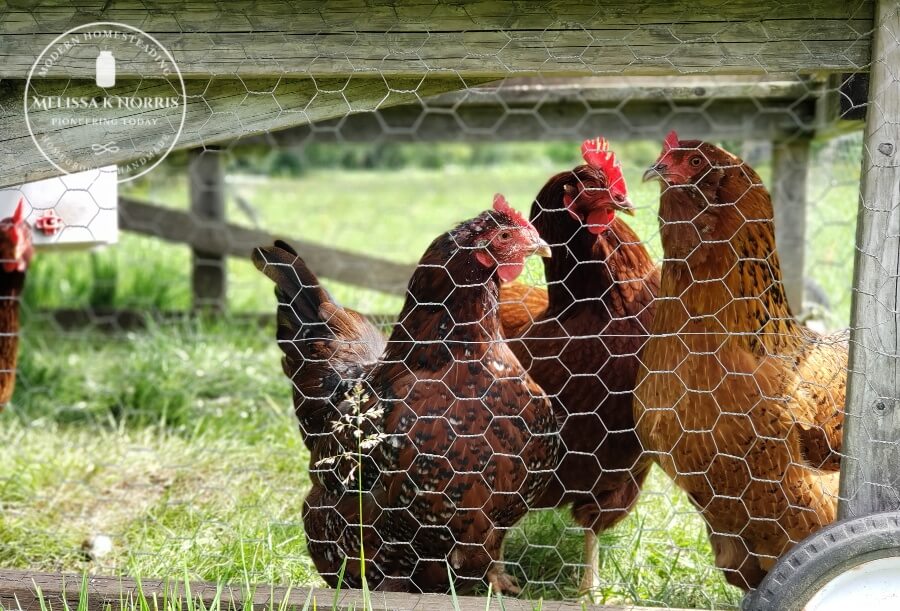
One of our greatest joys is providing our own meat for our family, whether it’s raising backyard chickens for eggs, raising chickens for profit, breeding chickens naturally, different breeds of hogs to raise for meat, keeping a family milk cow, or even putting those chickens to work using them in the garden.
These animals become part of our family, even if it’s just for a time, because we know the service they’re providing and we can give them the best, healthiest life possible.
When we raise our own meat we know exactly what goes into it, how the animals are treated, and we are blessed by the cycle of it all.
But it definitely takes planning and not every space will work for every type of livestock (or every person, there’s a reason I don’t currently have goats!).
Choosing the Right Livestock
Which livestock you raise will vary from family to family and person to person. It doesn’t make any sense to raise an animal for meat that you or your family don’t enjoy eating.
For example, if you and your family don’t enjoy eating lamb, then it wouldn’t be a great idea to keep sheep!
So, first things first, consider the type of meat your family enjoys eating, then go from there.
Space
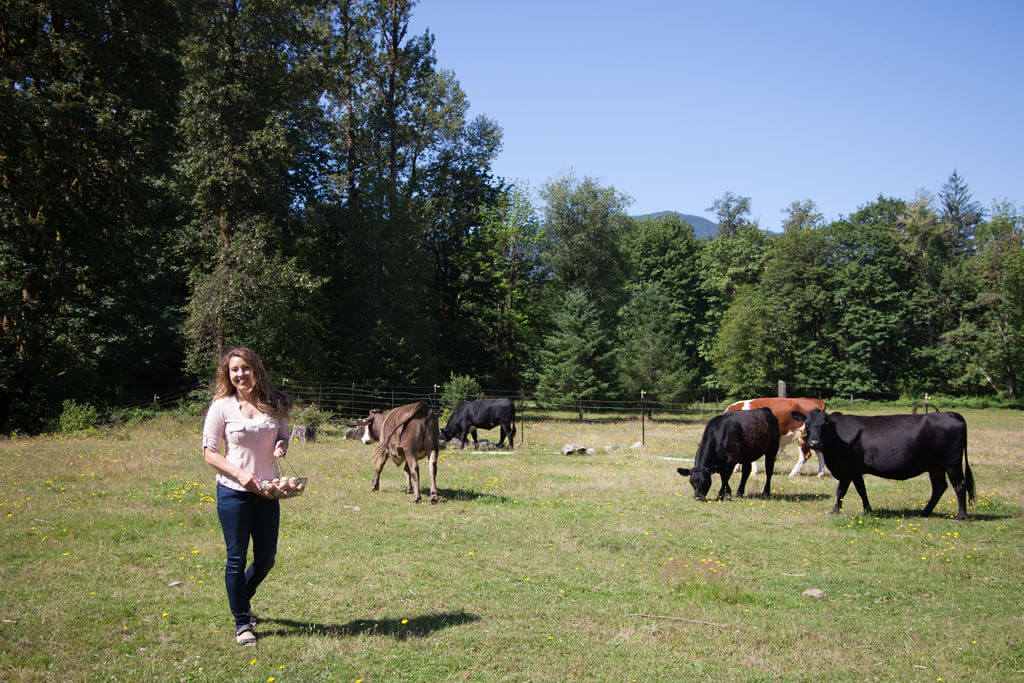
There are certain animals that lend themselves to smaller spaces, and there are other animals that require acreage. However, just because you live in the suburbs, doesn’t mean you can’t raise a cow! Continue reading for my tips on how to get around small spaces.
Subscribe to Melissa K. Norris!
Get updates on the latest posts and more from Melissa K. Norris straight to your inbox.
We use your personal data for interest-based advertising, as outlined in our Privacy Notice.
Less Acreage
If you live in the suburbs but really want to raise some of your own meat, the first thing you’re going to want to do is to check with any HOAs or city ordinances.
Many places actually have rules against keeping livestock in your yard, so you’ll want to know the rules before making an investment.
If you’re dealing with a small yard, raising backyard chickens for either egg production or meat chickens could be a great option. If you have something like a chicken tractor, you can move it around to different areas, actually improve your land or yard, and allow the chickens to scratch and peck for bugs which is closer to free-range.
Sadly, raising grass-fed cows for meat may not be possible depending on how little space you have. A good rule of thumb is to have one acre of land for each large animal (this depends on your climate and pasture growing conditions). But if this isn’t possible, you can always consider leasing land.
More Acreage
As I mentioned above, larger livestock will require an average of one acre per animal. This is in moderate climates, so if you live in a dry, arid area, your animals may require more space to get adequate food intake during the summer months.
Even with a lot of acreage, if grasses don’t grow year-round, you’ll still need to supplement. More on this below.
You may also consider looking into either a livestock guardian dog or a herding dog. My podcast interview with Jordyn Kelly explains more about farm dog breeds.
Time & Effort

How much time and effort are you willing to give your animals?
Knowing the type of care your animals will require is an important step in deciding which animals to raise. If you work a full-time job, there may be animals that aren’t a great fit for your lifestyle.
For example, in the summer months, raising cows for meat is quite simple. They graze on open pasture and only require daily water-trough fillings requiring very little time.
In the winter months, their care is fairly similar, however, we put out a half-ton haybale for them to eat while the grass is dormant. This haybale is not easy to move, so either having the equipment available to move it or having the physical strength to muscle it into place is a must.
Raising meat chickens takes a bit more care and attention, however, they also only take 8-10 weeks, so the commitment is much shorter than something like a cow.
Types of Animals
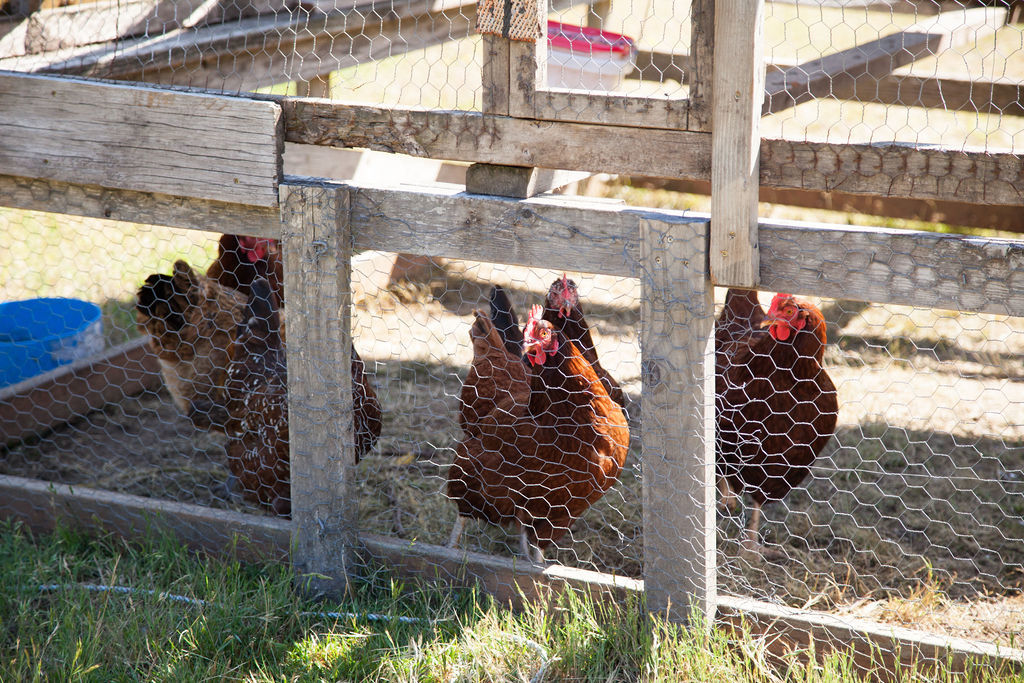
There are many kinds of animals you can raise for meat. Just be sure to fully understand the commitment and that your family will benefit from raising the livestock.
Egg Laying Hens
I jokingly say that egg-laying chickens is like the gateway animal for homesteaders! Chickens are a great place to start because, once they’re in their laying cycle, you can get about an egg per day from each chicken.
They’re also great because they are small and you can usually raise them in small areas (oftentimes even in the suburbs!).
You’ll want to be sure the chickens have protection from common predators in your area. I use electric poultry netting to keep predators out.
I used to let my chickens free-range on our property, but we have many predators such as eagles, cougars, coyotes, bears, etc. and I lost one too many chickens that we now utilize a chicken tractor. This allows them to freely scratch and peck for food, but keeps them safe from wild animals.
If you don’t utilize a light during the winter months, your chickens will slow down on their egg production. Where I’ll normally get an egg per chicken per day in the summer, this number slows down and I may only get one egg per week per chicken. So plan accordingly for the quantity of eggs you need for your family throughout the year.
If you have a surplus of eggs in the summertime, this is a great way to earn a little extra income from your homestead!
Meat Chickens
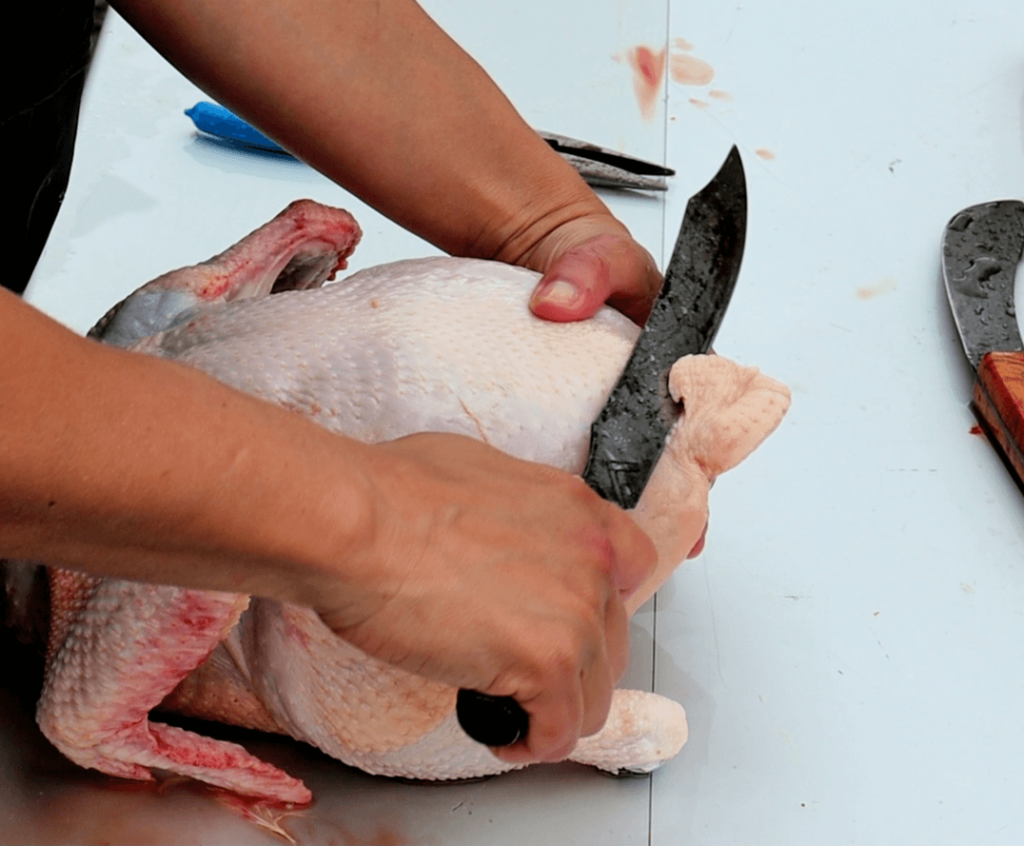
Each year we raise 25 meat chickens and butcher them in the early summer to fill our freezer for the year.
The beauty of raising meat chickens is that they only take about 8-10 weeks.
We typically get our meat chickens the first part of May and butcher by the first part of July.
I like to do this so we don’t have to worry about heat spells because meat chickens are more sensitive to heat.
If I want chicken wings or chicken breast for a special meal, I will supplement by buying organic from the grocery store a few times a year.
Dual Purpose Breeds
You can raise some chickens that will give you the dual purpose of raising some for meat and some for eggs. This is a great option if you have a smaller space and can’t have that many birds in one area, but it will take longer.
Again, this all goes back to the key factors listed above, how much space do you have and how much time and energy to you want to expend.
Pigs
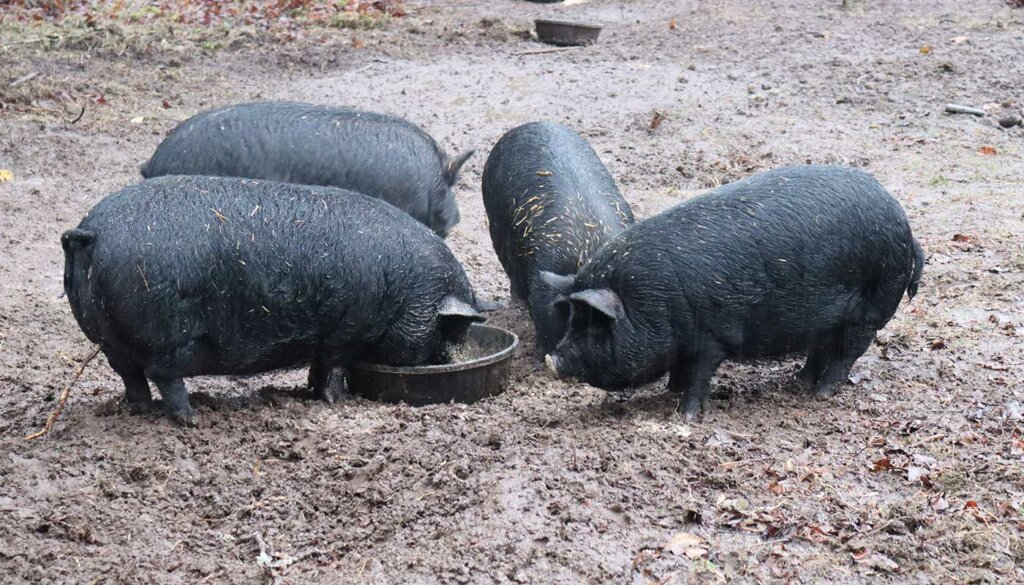
This year we’re raising American Guinea Hogs for pork. We tend to raise pigs every other year as a pig, depending on the size at the time of butchering, can sometimes last us longer than one year.
Our American Guinea Hogs are very sweet animals. They’re extremely good-natured and docile. A few years back we raised Hereford pigs. The difference between the two breeds is that Herefords tend to get a bit larger and can tend to be very aggressive at feeding time. So once they’re fully grown, it can become a bit dangerous depending on who’s feeding them (probably not ideal for smaller children).
The other difference between the two breeds is that the American Guinea Hogs take 10 months to raise as opposed to the 6 months for the Herford. This means more food to keep them growing, more time given to them, and more of my energy for less meat in return than the Herefords.
We’re currently weighing the cost and time commitment to whether we’ll raise this breed again.
Pigs also require a secure enclosure. If you’ve ever had a pig get out, you know it’s not an adventure you want to embark on often. But if your enclosure isn’t secure, with an electric fence near the bottom, then your pigs will root under the fence and get out.
Depending on the space you need for your pigs will determine how much money you’ll need to invest in keeping them enclosed and safe.
For more detail on raising pigs, you can check out How to Raise Pigs: 12 Tips to Raising Pigs for Meat and How to Raise, Butcher & Cure Pigs for Best Flavor Without a Fridge.
Cattle

Cattle require the most space and acreage. About one acre per cow is the standard. But if you don’t have space for them, there is the option to lease property to raise your meat cow. You’ll just need to search around in your area to see what’s available.
The nice thing about cows is that they’re a larger animal, so if you’re a smaller family, one cow may feed you for more than one year. You can split the cost of raising the cow with another family and each take half a cow, or you can keep the entire thing and feed your family for two years.
Having or leasing acreage for your cows means you don’t need to feed your cows all year long. If you can put your cattle out on fresh pasture during the spring and summer months that’ll really help reduce the cost of raising your cow.
Here in the Pacific Northwest, our cattle are out on fresh pasture from May to October. The rest of the year we’re feeding them hay.
Cows do not need a designated shelter unless you have very extreme weather. A heavily treed area or a hillside will typically work for enough protection.
If you live in an area where there is no open-range, then you need to have fencing for your cows. Trust me, you don’t want to be held liable for the damage a cow can do if it gets out.
How Much Does it Cost?
The cost to raise a year’s worth of meat will vary by animal and by location. Typically speaking, a cow will cost more than a pig, and a pig will cost more than a chicken.
The true benefit is knowing the quality of your meat, and that the animals were raised well and not given harmful antibiotics.
For tips on keeping animal feed down, you’ll want to check out Stocking Up on Animal Feed (+ How Much to Feed Animals) and How to Grow Your Own Livestock Feed.
Typically speaking, you’ll pay less per pound for your animal than the equivalent quality at your local grocery store.
How Much Meat Does My Family Need For A Year?
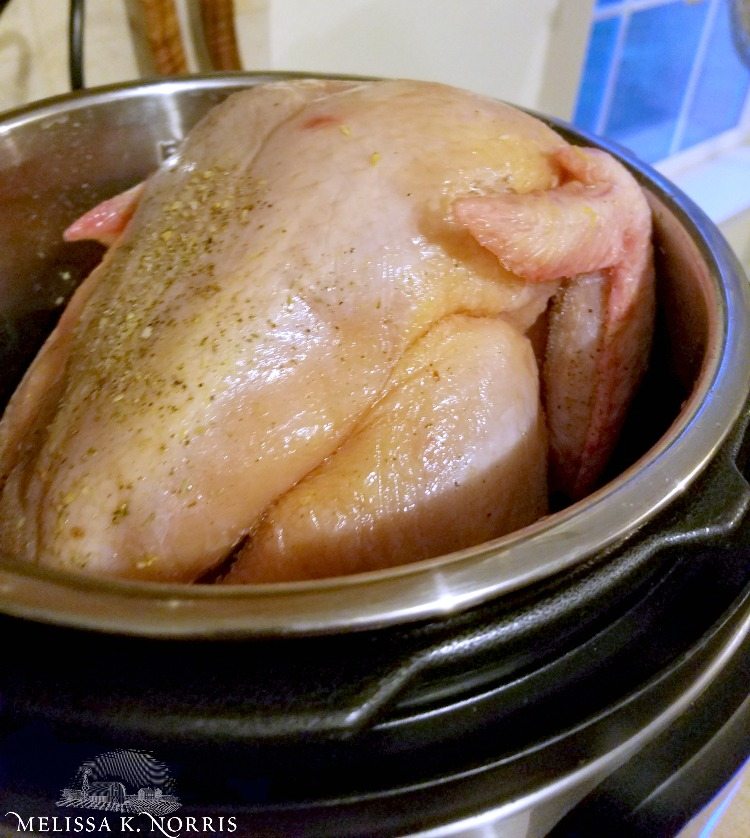
Knowing how much meat to raise for your family for an entire year is dependent on the size of your family and the variety of meat your family likes to eat, as well as how much meat per meal you consider typical.
For my family of four, we raise one pig every year (or sometimes every other year as we don’t eat pork as often as other meat), 25 meat chickens, 8 egg-laying hens, 1/2 cow, plus our bonus salmon and crab that we source from the coast every year.
More Helpful Articles
- How Much to Plant for a Year’s Worth of Food – Vegetable Garden
- Best Cuts of Meat to Get When Butchering a Cow
- How to Butcher a Chicken
- Behind-The-Scenes of a Cow Herd
- Supporting Small Farms (Cost Vs. Benefit)
- A Guide to Raising Goats
- Raising Sheep for Fiber & Naturally Dyeing Wool
- Everything You Need to Know About Raising Rabbits for Meat
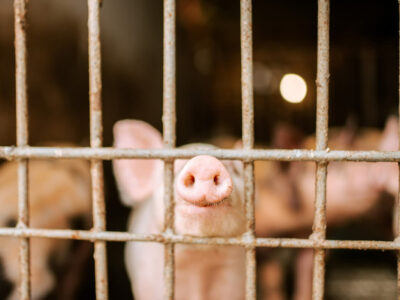
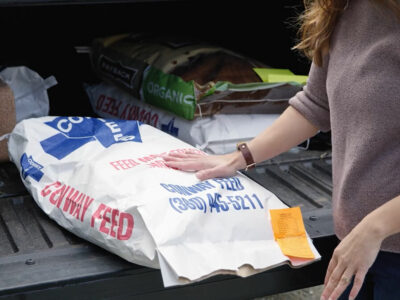
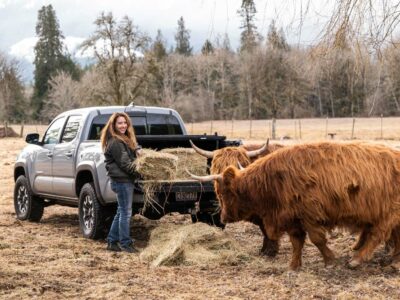
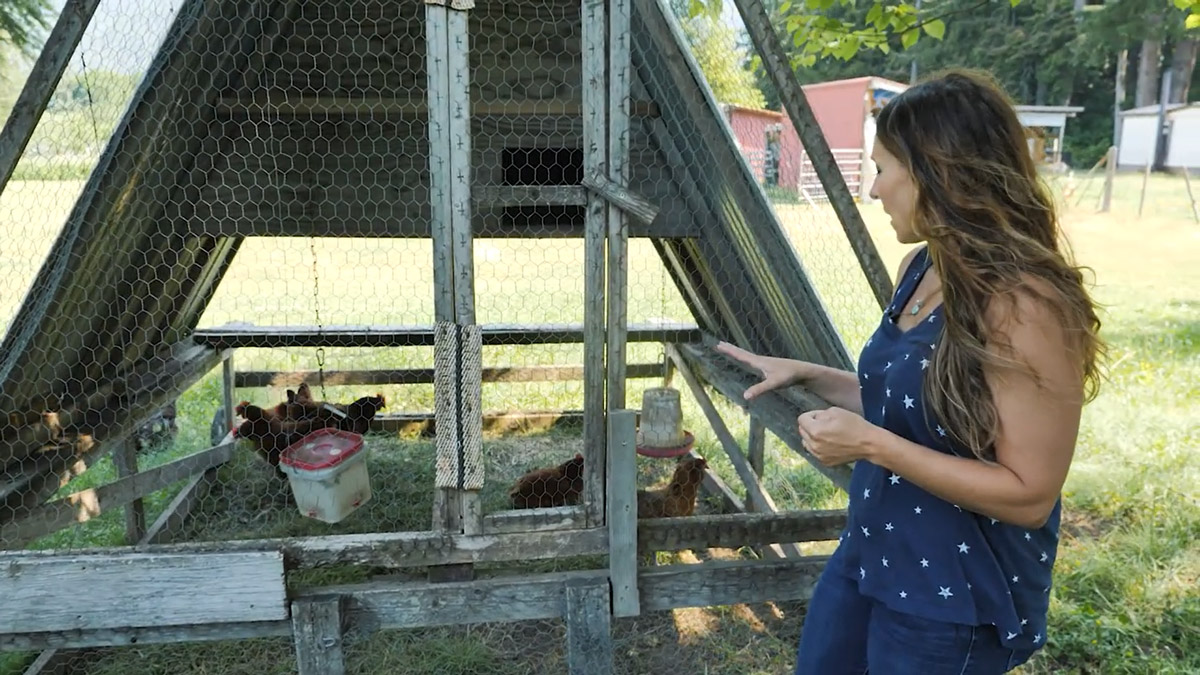






Maybe I missed it , but how long does it take to raise a cow to butchering? Can you butcher milk cows; you know, crossover like chickens/ducks that are both eggs and meat? Or are they mutually exclusive?
Also, have you ever raised turkeys? I’ve heard very different reports.
Can you only have one cow if you don’t have a lot of acreage or do you need more for them to do better? Since you only use one cow per year what do you do with the others?
I noticed you have several cows but said one cow can feed your family for a year or even two. What do you do with the other cows and do you need to have more so they do better or can you have just one cow if you don’t have a lot of acreage?
Cows are herd animals and best raised with at least one other. We sell the extra cow for beef to help cover feed costs/fencing, etc.
Do you have a dairy cow or have any tips about considering raising one dairy cow and can they mix with beef angus cows?
We have had a dairy cow but they require different nutritional needs than beef cattle. You’ll need a space to feed them separately and in most cases will require more shelter than the beef herds.
We don’t have a lot of land. 1/2 acre. We have considered raising Moscovy ducks for meat so we don’t have to brood the chicks. We have also considered meat rabbits since they can produce 600 pounds of meat per year. We buy pork and beef from local farmers but really want to produce something on our own to be more self-sustaining. Of course there is hunting and fishing too but we want to produce on the property. Would you ever consider farming rabbit meat or is it just to taboo?
I live in Coquitlam, BC. I’m considering a move to a more rural space. I’m wondering if Cacky Campbell ducks would do well here. Are ducks about like chickens for effort?
I’ve raised both ducks and chickens and ducks in my opinion require more upkeep because how messy they are with their water and ducks are more chatty than chickens.,…(these are just my personal experience)
What do you consider the best meat chickens and the best egg layers?
We prefer the Cornish cross for meat birds. For egg layers my Rhode Island Reds, Buff Orphingtons and Wynadotte’s have all been great.